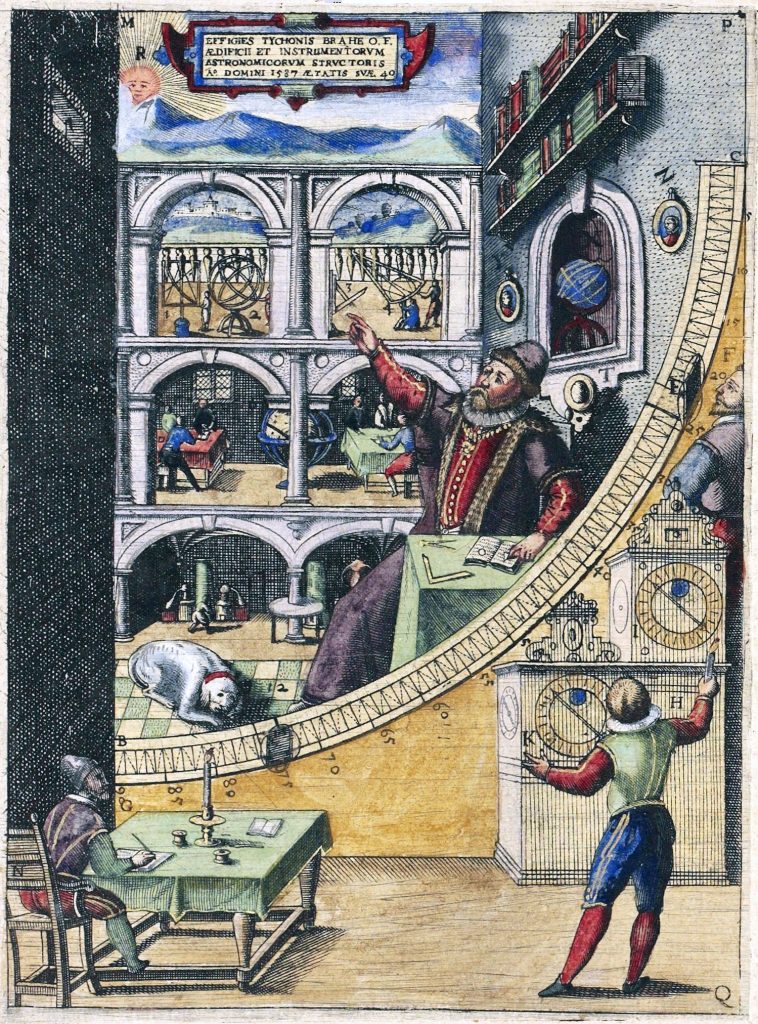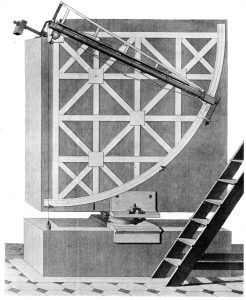
The Quadrantids meteor shower – bringing energy of understanding through exploration

To appreciate the Quadrantids fully, one must delve into their origin and how they earned their celestial name. Unlike many other meteor showers named after constellations from which they appear to radiate, the Quadrantids derive their name from a now-defunct constellation: Quadrans Muralis. This constellation was introduced in 1795 by the French astronomer Jérôme Lalande. Located between the constellations of Boötes and Draco, Quadrans Muralis was named after an instrument—the mural quadrant—used by astronomers to measure angles up to 90 degrees by observing stars.

Although Quadrans Muralis no longer appears on modern star maps—having been absorbed into neighboring constellations due to changes in celestial cartography—the meteor shower retains its connection to this historical symbol. The Quadrantids remind us annually of this tool’s legacy and its embodiment of exploration and knowledge.
The Quadrantids’ source is an enigmatic one. Unlike most meteor showers that originate from comets, this shower’s parent body is an asteroid: 2003 EH1. Discovered in 2003, this asteroid is believed to be a fragment of a comet that disintegrated centuries ago. As Earth passes through the debris left by this celestial body each January, particles enter our atmosphere at speeds over 40 kilometers per second, burning up and creating dazzling streaks of light across the night sky.
The timing of this meteor shower also adds to its allure and symbolism. Occurring just after New Year’s Day, it coincides with a time when many people reflect on the past year’s achievements and set new goals for the future. The quadrant—as a symbol of measurement and progress—resonates deeply during this period of introspection and planning.
 Viewing the Quadrantids can be an awe-inspiring experience, reminding observers not only of their connection to ancient astronomical practices but also of their place within a vast universe teeming with dynamic phenomena. The sight serves as a metaphorical alignment between history’s tools, such as the quadrant instrument, and modern scientific understanding—a bridge linking past wisdom with today’s technological advancements.
Viewing the Quadrantids can be an awe-inspiring experience, reminding observers not only of their connection to ancient astronomical practices but also of their place within a vast universe teeming with dynamic phenomena. The sight serves as a metaphorical alignment between history’s tools, such as the quadrant instrument, and modern scientific understanding—a bridge linking past wisdom with today’s technological advancements.
In an era when light pollution can obscure many natural wonders, witnessing a meteor shower like the Quadrantids becomes even more precious. It calls us back to basics: looking up at night skies as countless generations before us have done—armed with quadrants or simply curiosity—and pondering our existence amidst infinity.
As we continue making strides in space exploration—from sending probes beyond our solar system to contemplating crewed missions to Mars—the legacy embodied by instruments like quadrants endures through events like these meteor showers that invite collective wonderment about what lies beyond Earth’s borders while grounding us firmly within historical continuity marked by discovery-driven inquiry fueled by insatiable curiosity stretching across millennia towards uncharted horizons yet awaiting illumination beneath starlit domes adorning our shared celestial home above all terrestrial divides below…
In conclusion: whether you are an amateur stargazer or seasoned astronomer; whether you work alone or gather others around you beneath clear skies come January each year—take time reflecting upon what those falling stars represent both literally (as cosmic remnants dancing briefly) and figuratively as enduring symbols inspiring relentless pursuit toward deeper understanding. Let them rekindle fascination anew;
